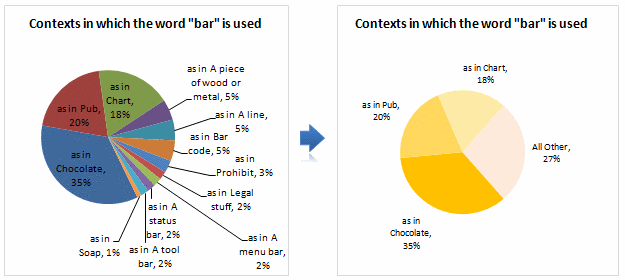
If GDP is a relative value, then it is unlikely to be greater than 100%. By the way, the dynamics of stock prices are also measured in percent.Ī similar example is with GDP, which can be either an absolute or a relative value. But on the other side the ROI of one share may go up to 300% in 24 hours, influenced by market panics. Interesting fact about inflation! From history we know for a long time that on the eve of World War II, to be exact in 1923, inflation in Germany reached 3.25⋅106 percent (3.25 million) per month (actually prices were doubling every 49 hours)!Įven the ROI of a business exceeding 70 percent is already suspicious, because in most cases it is almost impossible to get such a high return after paying all taxes. The inflation rate is very unlikely to exceed 100%, but theoretically it is very realistic. The market share ratio can be equal to 100%, but never exceed it. For example, the financial margin is always shown as a percentage, but can never exceed 100% or be equal to this value. It is necessary to note at once that not all relative indices can exceed 100%.


For example, the most popular financial metrics for business performance percentages are: Let's first look at where and when the need arises to practically apply data visualization to present reports with relative values in percentages.
#HOW TO CREATE PIE CHARTS IN EXCEL 2013 HOW TO#
Check out " How to create a bar chart in Displayr".Practical Application of the 3D Percentage Chart in Excel Ready to move beyond Excel? There are other ways to create visualizations that offer more advanced options and flexibility. Again, you can modify the chart design and formatting using the Chart Tools menu as described above. Next, in the Horizontal (Category) Axis Labels section, click the Edit button and for Axis label range select the values in cells A1:A6. But whatever is entered here will be used to populate the chart title.
#HOW TO CREATE PIE CHARTS IN EXCEL 2013 SERIES#
You can leave the Series name field blank. Under Legend Entries (Series) click Add. Then for Series values, select the values in cells B1:B6 and click OK. Note that the chart object must be selected for the Chart Tools menu to appear. This opens the Select Data Source dialogue box. Next, select Chart Tools > Design > Select Data (Data group). This will create an empty pie chart object on the sheet. To do this, first select the pie chart from the Insert > Charts menu to select one of the pie chart options. In Excel, you also have an option to create the chart object first and then provide the data to populate the chart. In the example above, we started with the data and turned this into our chart. I've modified the chart title, color scheme and chart style below. From here you can modify the design and format properties of the chart. Modify the pie chart properties by first selecting the pie chart and then going to the Chart option that appears at the top of the menu tool bar. For this example I've selected the 3-D Pie option on the second row.Ī pie chart object is created on the sheet. To create a chart from the data, highlight the data range (cells A1:B6 in this case) and select Insert > Charts (group) and select the Pie Chart option. Since there are 30 teams in the NBA, we'll focus on those that have won a minimum of 5 championships and group the others into an "Other" category. Make sure that your first column contains the labels and your second, the values. For this example, we're going to create a pie chart based on the number of NBA Championships won by each team.

The most common approach for creating a a pie chart in Excel is to first setup your data in a basic table. Getting your data ready for your pie chart In this article, we'll look at how to create a basic pie using Excel. Creating a pie chart is extremely easy using Microsoft Excel.


 0 kommentar(er)
0 kommentar(er)
